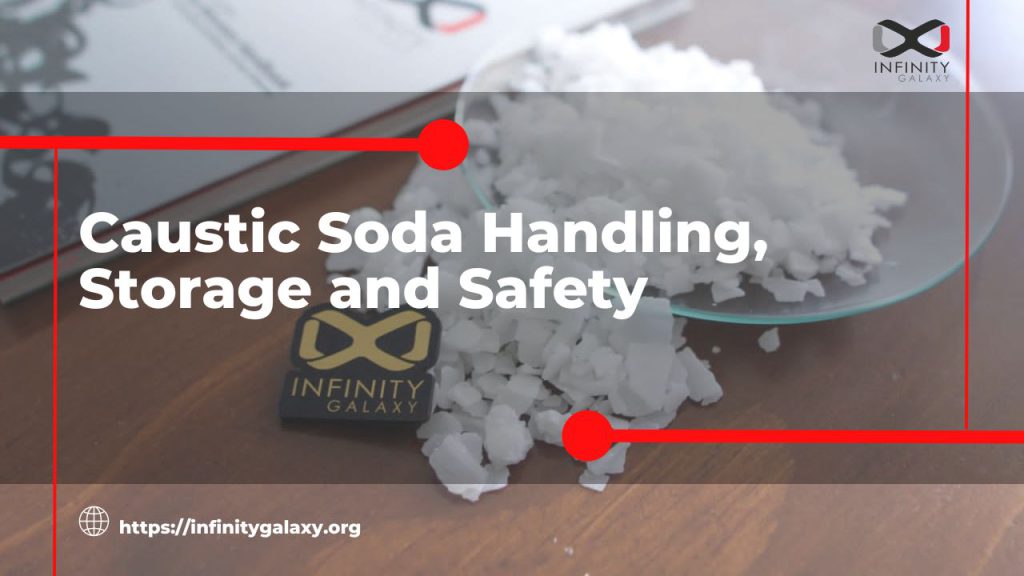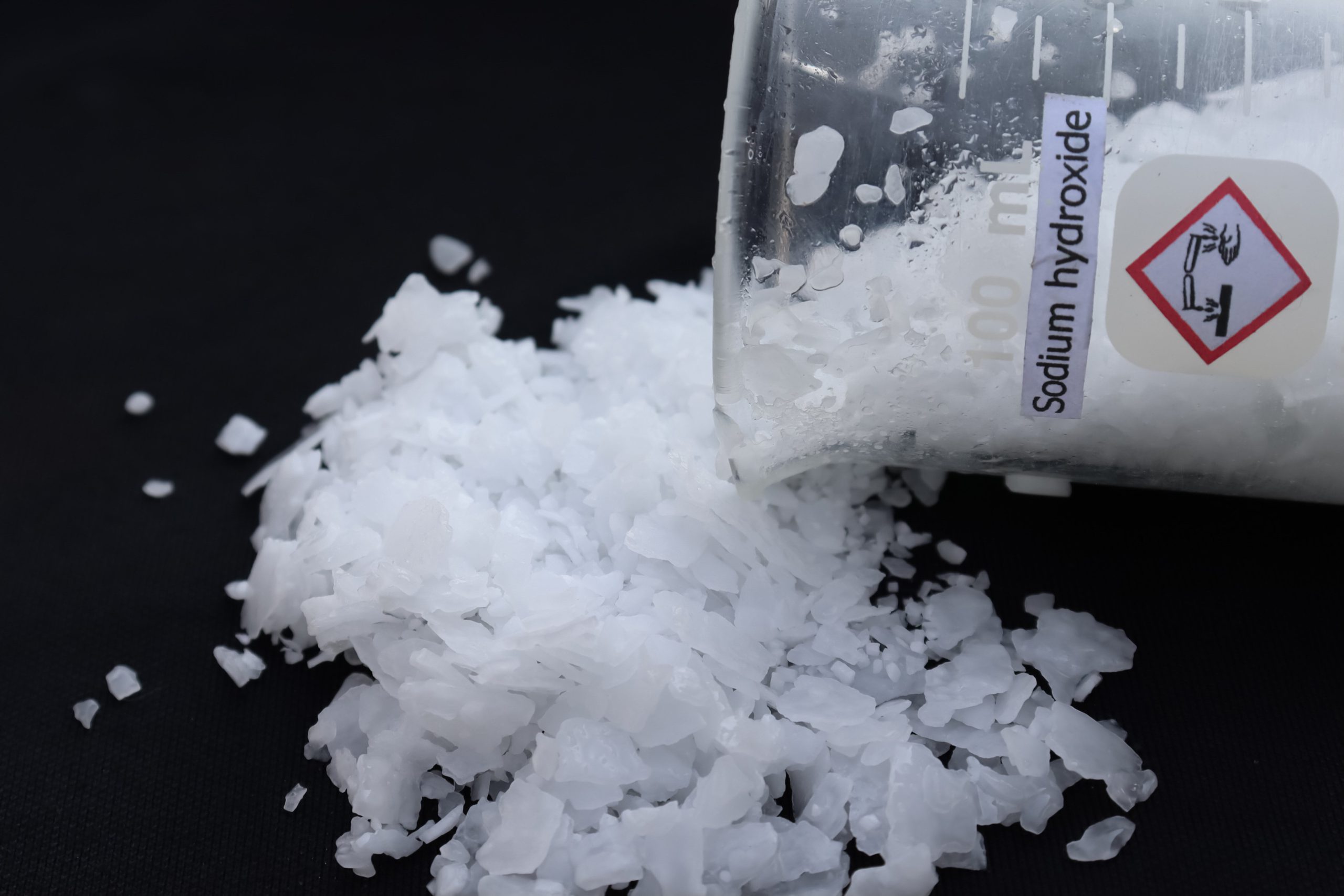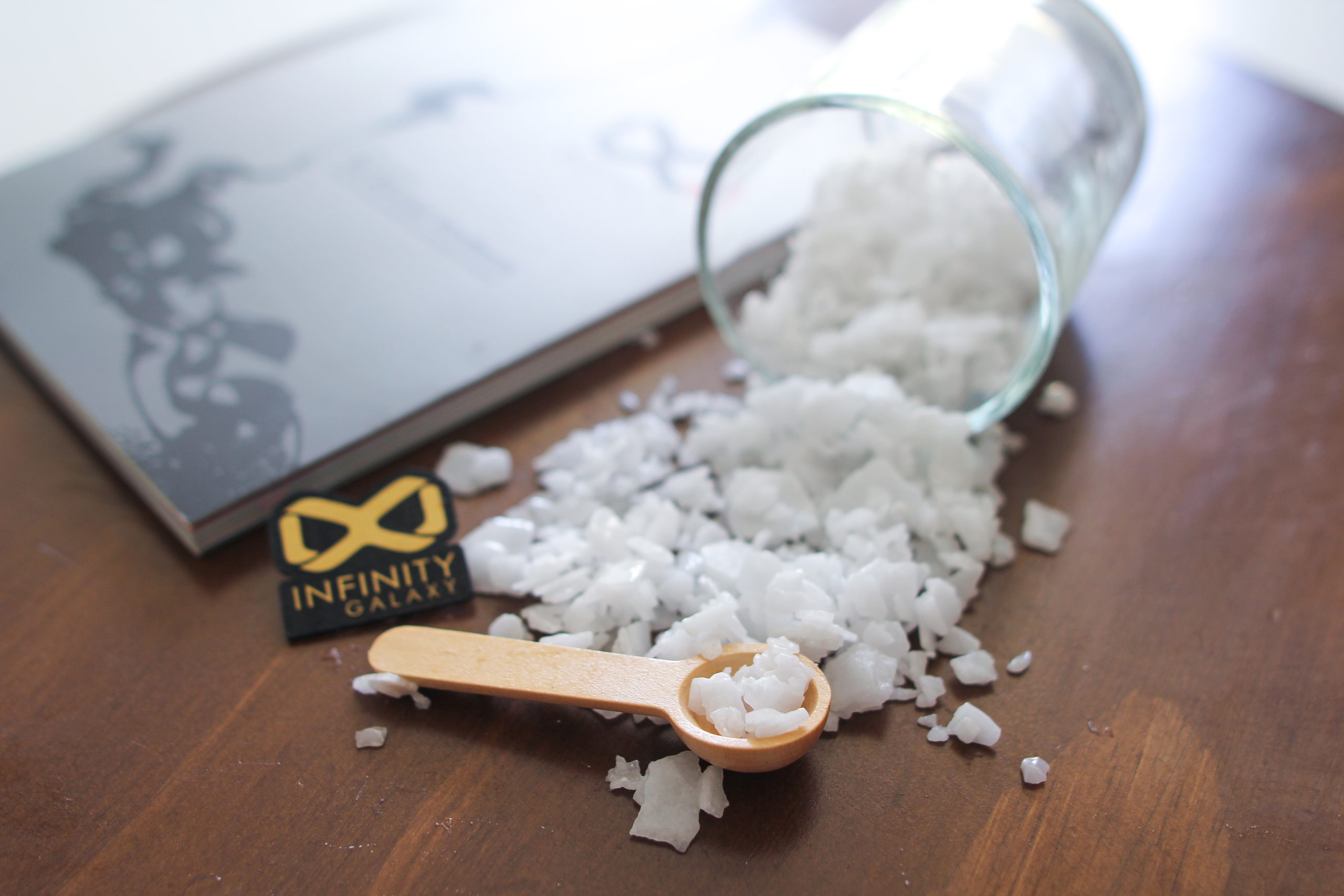Caustic soda or Sodium Hydroxide is a chemical component that is used as an alkaline additive in many industries.
Caustic soda is the strongest base among other bases, so we should pay attention to caustic soda storage. There are important considerations for caustic soda storage tanks. Additionally, if we do not consider the risks of working with caustic soda, we are likely to damage ourselves.
In the following, you can read more details to experience less risk when working with caustic soda.
Caustic Soda Storage and Handling
Caustic soda storage should be in containers with tightly sealed packing because of the corrosive property of sodium hydroxide. A small hole for humid air leads to an exothermic and corrosive reaction that damages the container.
The ambient temperature should be in the range of 29-38 °C. At any degree higher than 38°C, iron rust occurs.
If it happens, the container fails to keep the material safe. So, always try to have proper ventilation in closed spaces and keep them clean from any dirt such as soil, compatible components such as phosphorus components, acids, and more importantly, water.
Caustic soda flakes should be stored away from direct sunlight (as it degrades over time) in two-layered polypropylene bags which are sealed with impermeable polyester yarns.
HDPE (High-density Linear polyethylene) and XLPE (Cross-linked polyethylene) are favorable in storing caustic soda for 10-20 years.
HDPE
XLPE
XLPE
Liquid Caustic Soda Storage Tanks
A safe way to transport caustic soda is to use IBCs (Intermediate Bulk Containers). IBCs are vital in transporting lye caustic soda since they are made of two-layered fully sealed walls and can handle spill problems.
If you want to get more information about the different packaging of caustic soda, read the Caustic Soda Packing article.
Caustic Soda Safety
Caustic soda is categorized as a hazardous material. It’s important to know caustic soda dangers When working with. Wearing masks, gloves, and glasses should be necessary otherwise it will harm human health.
Skin burns, eye damage, and lung destruction are common problems that happen most of the time.
Because caustic soda is very reactive, as soon as it gets in touch with skin (which is a bit wet most of the time), it starts a reaction that leads to skin burns, so wearing chemical-resistant gloves and suits is required.
Similar things happen in the case of eye damage. When caustic soda dust goes into the eyes, it reacts with the eye’s wet surface and hurts your eyes.
In cases of eye contact with caustic soda, it is possible that caustic soda causes blindness. To prevent further eye damage, you must wash your eyes with clean, cold water for at least 15 minutes. Make sure that you are not wearing any eye lenses.
Another common risk is lung destruction. This occurs when caustic soda dust in the air is inhaled.
Caustic soda dust inside the lungs reacts with water vapor and destroys its wall. In the long term, it causes breathing problems.
It could also be dissolved in the blood and moved to other organs, which causes further problems. So, wearing a suitable mask when dealing with this material is essential.
If you have swallowed caustic soda, it is effective to drink a few glasses of milk or water to neutralize the caustic soda, but before that, make sure that there are no dentures, and that the mouth is clean from caustic soda (since caustic soda cause chemical burns in the mouth).
If the person feels vomiting, stop feeding liquids while it may damage the body again by moving the caustic soda solution to the throat and the mouth.
If it happened anyway, bend the person and keep his head down to prevent the dangerous solution from going into the lung.
For more information about caustic soda dangers, read caustic soda safety data sheet from below link:
Check caustic soda flakes specification and keep in contact with our sales team for any orders about caustic soda.
"*" indicates required fields








